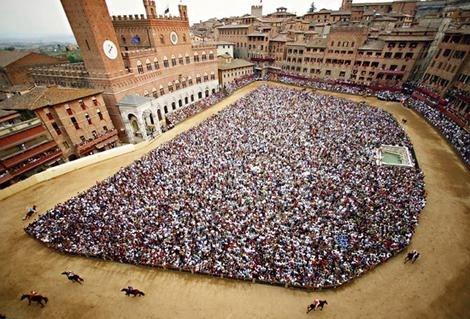Twice a year the quiet cobblestone streets of Siena come alive with passion, colour and the sound of thousands of people singing and chanting as the town’s residents gather to celebrate the running of a four-hundred year old horse race—il Palio.
A far cry from the glitz and glamour of Australia’s prestigious Melbourne Cup, the historic Il Palio di Siena features flag-waving men in tights, a dirt track padded with mattresses and no rules.
But don’t assume this is some boring old race; cheating is rife (and recommended) and the first horse across the line wins—with or without its rider.
Siena has held regular Palio races since 1656, although the first Palio may have been as early as 1583.
Held twice a year, on 2 July and 16 August, the three-lap race around the Pizza del Campo features horses and jockeys from 10 of the town’s 17 rival districts (Contrada*).
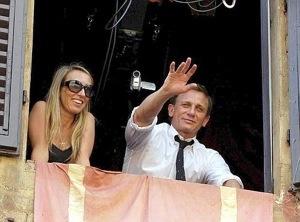
All entrants are desperate to secure bragging rights for their Contrada and the city’s most prized possession, the Palio—a flag bearing an image of the blessed Virgin Mary.
Given its long history, the race now attracts more than 70 000 spectators and was immortalised on the big screen as the backdrop for the opening scenes of the 2008 James Bond movie Quantum of Solace.
I fell in love with Siena the moment I stepped off my air-conditioned tour bus and onto its dry, hot and dusty streets in August 2005.
Located in northwest Italy, Siena is approximately 230km north of Rome and 70km south of Florence. It truly is a medieval town with towering walls hugging the outskirts of the city, the town’s residents safely tucked inside.
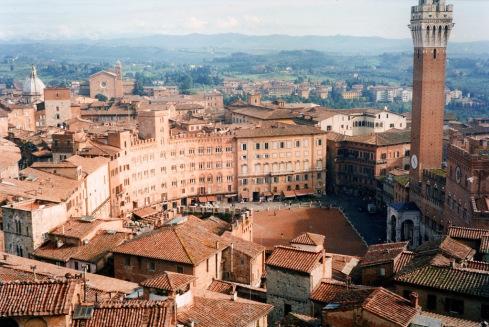
Our quick stop took place a few days before the running of the August race (il palio dell’Assunta); there were flags of the various Contrade hanging from the walls and a buzz of excitement in the air.
Two years later, on August 15 2007—the eve of the big event—I stumbled off a bus from Florence into the hot, sticky heat which marks an Italian summer ready to experience this great race for myself.
My visit had been two years, and a train and bus ride from Sorrento, in the making.
Given my anticipation, it should come as no surprise that I was up bright and early the next day, keen to secure a spot along the safety barriers opposite the Town Hall.
(Ed’s note … please excuse the quality of my photos, they were taken before I had my amazing SLR!)
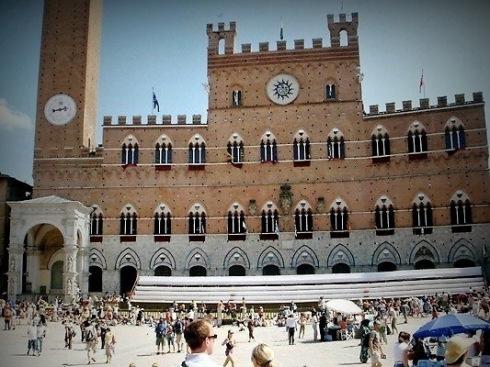
As the midday sun radiated off the ground of the Piazza del Campo, the fenced-off spectators’ area began to fill with bodies, all trying to secure a coveted track-side position.
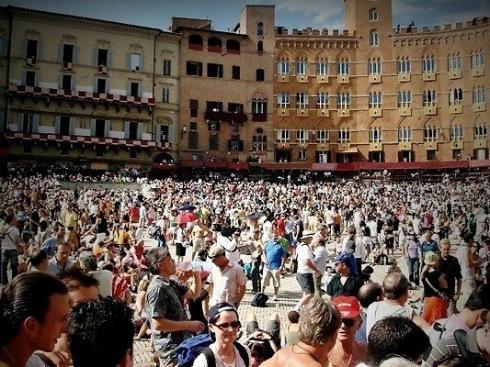
I soon befriended Phil, an American tourist who seemed just as enthused as I was to find someone another English-speaking tourist to hang out with for the day. We spent the afternoon trading travel stories and minding each other’s spots while we went in search of refreshments and bathrooms.
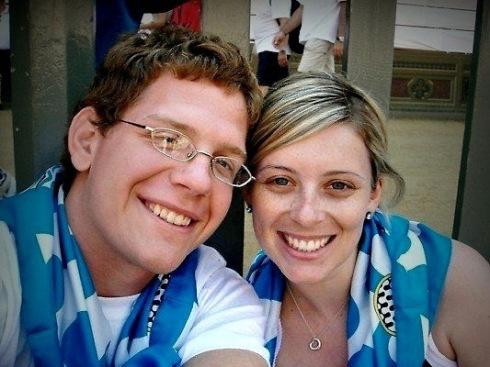
Mid-afternoon a truck filled with water slowly made its way around the piazza, spraying the ground (and thankfully us) in a bid to soften the track before the race.
It was a feast for the senses as locals proudly wore and waved the flags of their Contrada, while others gather between gelato shops to chant, sing and dance their way to the piazza.
While the sun starts its descent, the official procession winds its way towards the piazza. There are drummers and flag twirlers, all dressed in traditional medieval costumes, as well as the jockeys on their horses.
People were hanging off balconies and fences, all keen to get a view of the procession—and the upcoming action.
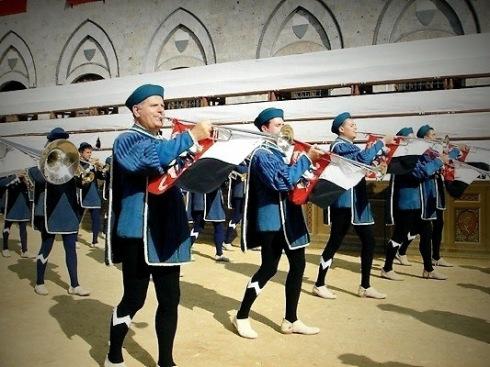
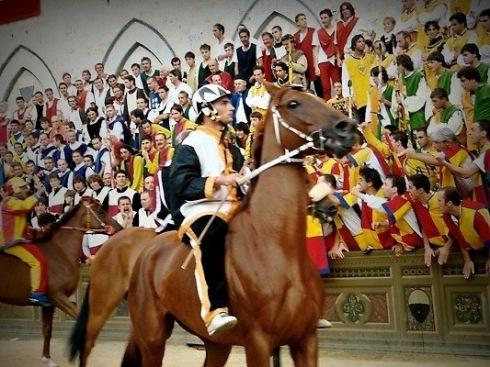
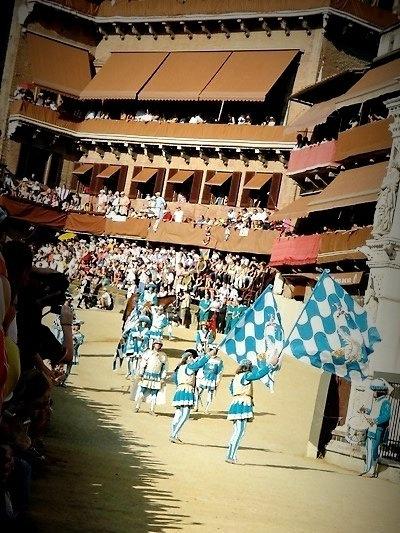
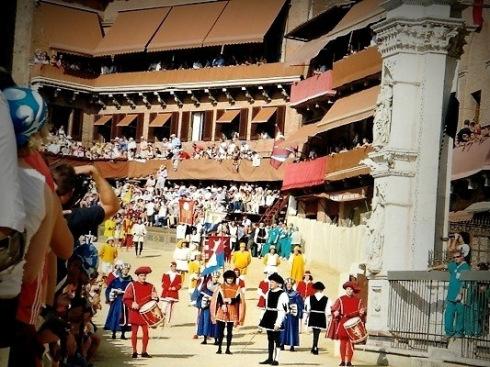
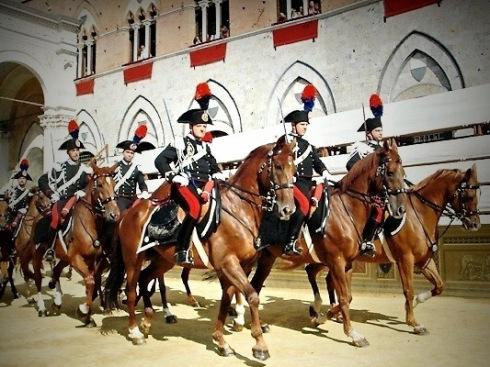
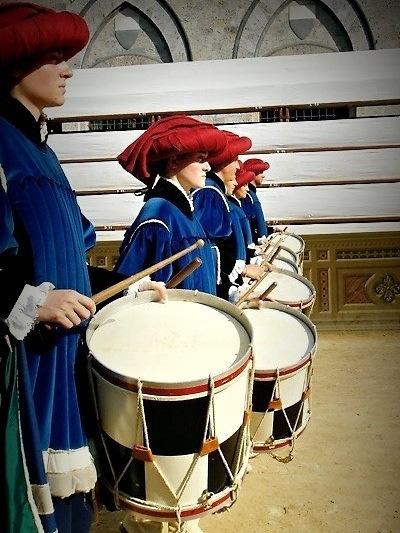
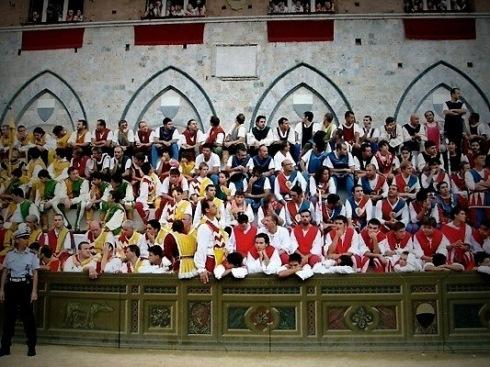
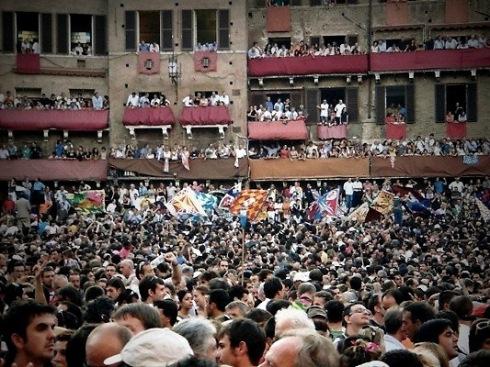
By this stage, the jockeys have been registered and rumour has it that on no account—supposedly not even death—can a Contrada substitute their jockey.
The detonation of explosives echoes across the piazza at 7.30pm, signalling an imminent start but there are often delays and numerous false starts while the marshall attempts to line up the horses.
And then they were off and racing. The dusty dirt track is perilous and adding to the adrenalin is the fact all riders are bareback.
The race course is 1070 meters and has two dangerous turns of 95 degrees and 92 degrees which are padded for the race to avoid injuries to horses and jockeys.
While the race itself lasted no more than 90 seconds, it was filled with raw emotion; adrenaline from the sound of hooves pounding the track, fear as jockeys are flung from their horses and just plain old excitement.
The Italians were in their element; they were screaming and shouting, going in red in the face and pushing towards the fence vying for a better view.
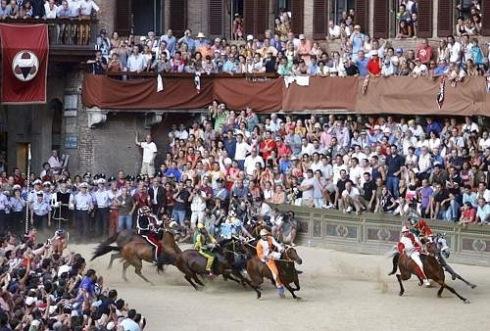
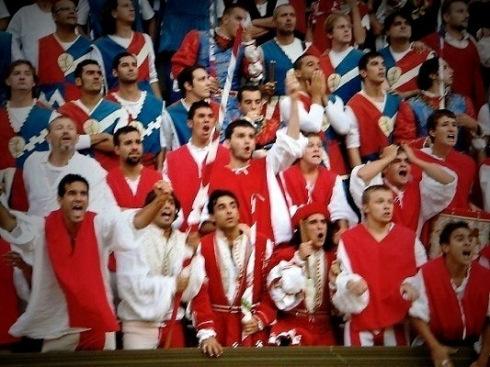
I watched in awe as the jockeys rounded the corner towards the Town Hall; one flew sideways into a padded wall, a team of medics racing onto the track to carry him off as his horse continued its run around the track.
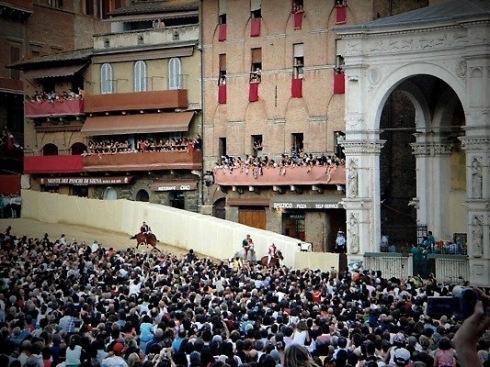
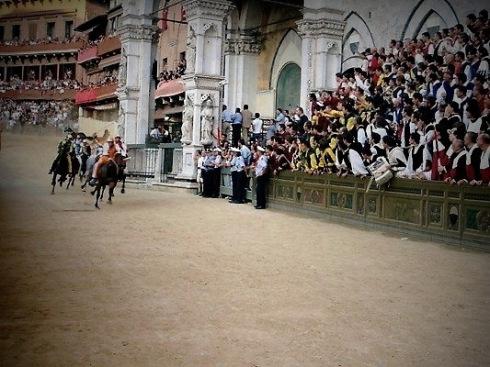
The race was won by Contrada del Leocorno, who are represented by a unicorn.
As spectators jumped the safety barriers to flock onto the track, Leocorno’s jockey was carried shoulder-high back to their district for a night of great celebration.
Italian songs and cheers rang out over the cobbled streets as the residents of Leocorno tried to get close to their new, hero with his shaggy hair, chiselled jaw and missing shirt.
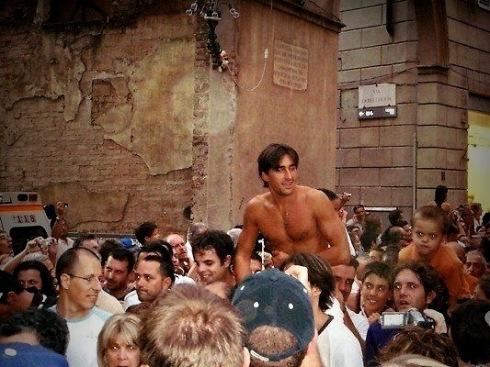
As a mere spectator, it was a phenomenal event to watch—and listen to. The Italians are so passionate about their history and this event brings their excitement and competitive spirit to the forefront.
I’d encourage anyone visiting Italy in July or August to try to stop off in Siena for il Palio. It’s a day you won’t forget!
* There are 17 contrada (districts) in Siena, Italy. It is impossible for anyone born outside of Siena to understand how important these districts are to their citizens. In a town of less than 60,000, every contrada has its own museum, fountain and baptismal font, motto, anthem, allies, and enemies (referred to by the Siennese as ‘adversaries’). There were originally 59 contrade but only 17 remain today. The Siennese are born, baptized, married and die in their contrade. The Palio is simply the culmination of their love and allegiance to each contrada. (http://www.palio-siena.com)
